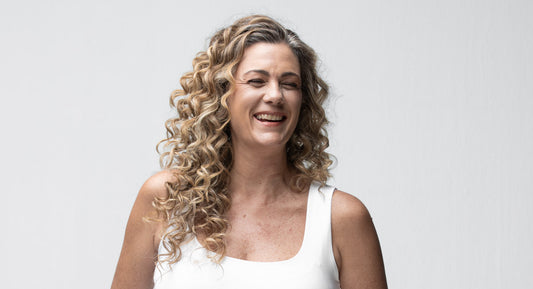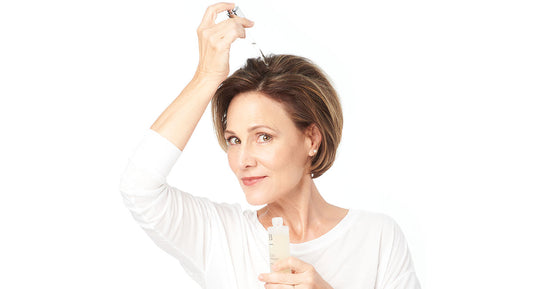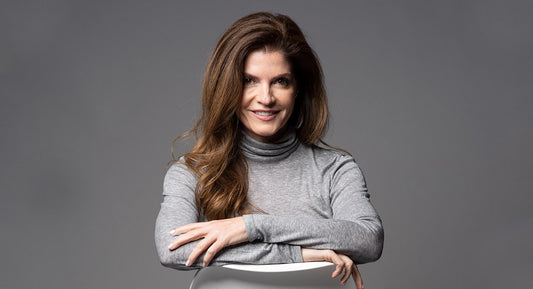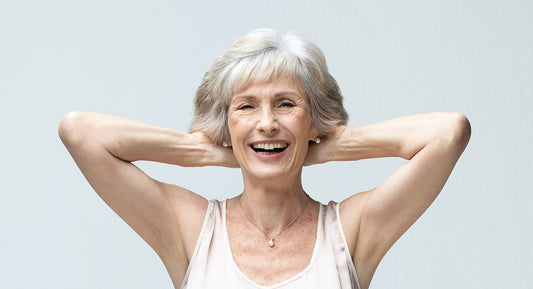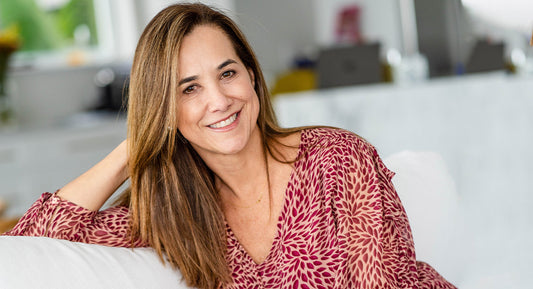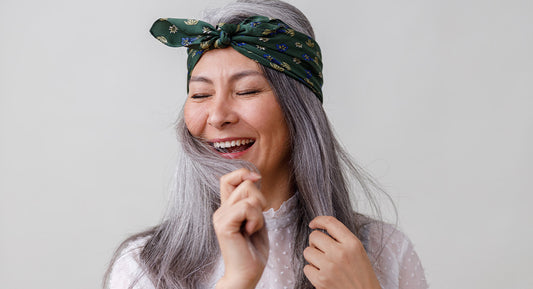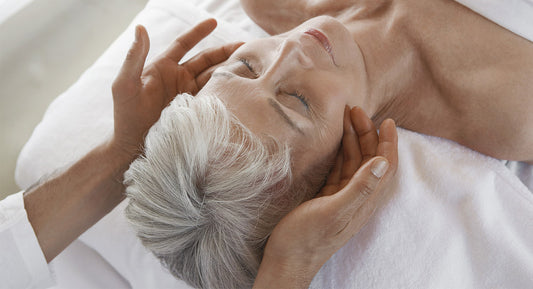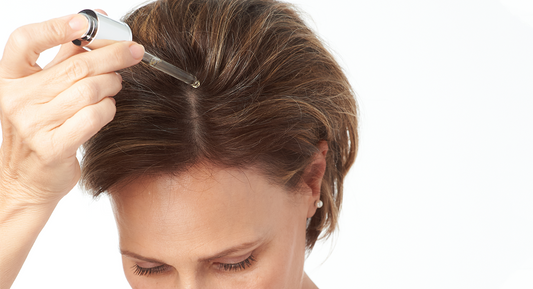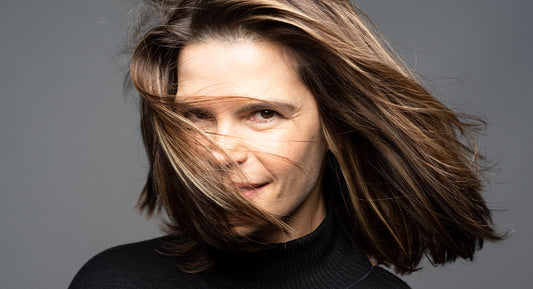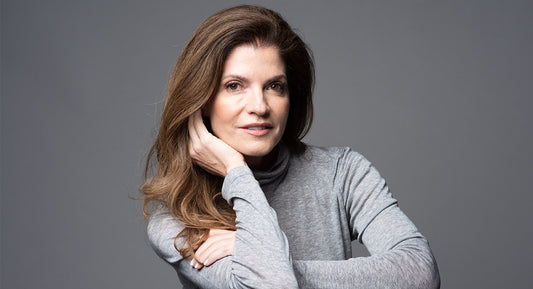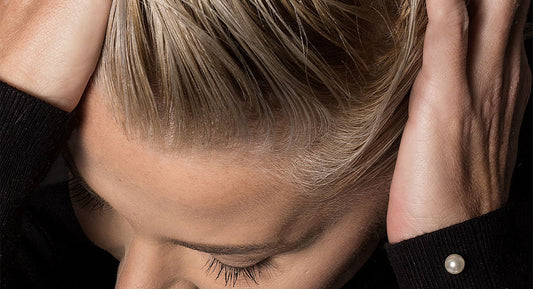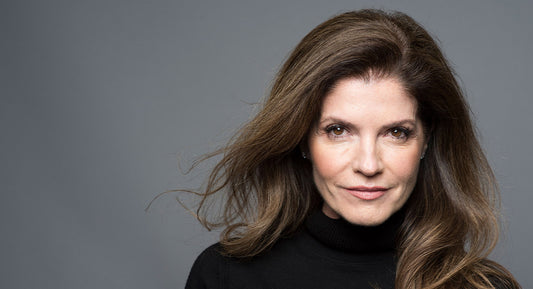The Better Blog
What Are the Side Effects of Hair Serum? Are There Any?
Any substance applied to your hair or scalp has the potential for side effects because everyone’s body chemistry reacts differently to the variety of ingredients. If you have sensitive skin, fragile hair, or use a product contrary to its instructions, hair serum could end up causing more harm than good.
What are the side effects of hair serum? Let’s explore the different serum types and examine their potential downsides.
Is Volumizing Shampoo Good for Thin Hair?
Hair density is one of the most important standards women use to determine how they feel about themselves. It profoundly affects their self-esteem because thick, lustrous hair is so strongly identified with a woman's idea of femininity.
Yet this beauty challenge is not uncommon. Hair loss in women occurs in an estimated 50% of U.S. women, and about 30 million will experience female pattern hair loss (FPHL). This form of hair loss can escalate during menopause due to decreased estrogen. Making matters worse, menopause shrinks our follicles, causing wispy hairs to replace thicker strands.
To address this beauty challenge, many of us turn to hair thickening products or volumizing shampoos; however, not every product meshes well with our hair's underlying biology. Is volumizing shampoo bad for thin hair? Continue reading to find out.
Is Volumizing Shampoo Good for Gray or Silver Hair?
How to get rid of dry scalp and itchiness? A Beauty Expert Answers
The scalp is where our follicles are, where the hair strand is still alive and can benefit from the proper care. Sebaceous glands are also located in the scalp, producing oils that help coat hair strands providing elasticity and resilience and also helping to keep scalp skin moisturized. Underneath the first layer of the skin there are many capillary bases, an area with many blood vessels that help nourish the hair.
5 Tips for Faster and Better Hair Growth Explained
As we age, the health and vitality of the scalp and follicles can deteriorate if we don’t take care of them properly. The great news is that there are many ways to improve this. One way is through an increase of blood flow to hair follicles to increase the length of the anagen stage of hair growth. Increasing blood flow in the hair follicles allows the scalp to build a strong base for the life cycle of the strands.
- Scalp Massage - Since the goal is to keep your hair strands in the anagen stage for as long as possible, healthy follicle and scalp cells are the key. Stimulating your scalp through massaging the skin can help maintain the health of the follicles and thus allow more hair to grow before the strands reaching the telogen stage fall out.
- Microcirculation - Stimulation of your scalp allows the integrity of the follicles to strengthen because of increased blood flow to the area. Microcirculation is the blood circulation in the smallest blood vessels of our bodies - the microvessels in the organ tissues. These tiny blood vessels are what carry life to the follicles. The herb known as Centella Asiatica is popular for helping to stimulate and strengthen circulation within the follicles and roots.
- Avoid Dryness - Combine scalp massages for circulation with nourishing and scalp-stimulating products containing ingredients like Caffeine, Centella asiatica, Ginger and Kelp Extract that can help strengthen your follicles and promote healthy hair.
READ ALL TIPS EXPLAINED >
Is It a Good Idea to Get Regular Scalp Massages?
Who doesn’t love those 10 or 15 minutes of lying, head back, in the salon sink, and receiving a tranquil scalp massage from their stylist? That is usually the best part of the appointment because it feels incredible and yields a number of health benefits, from the exfoliating of product build-up to generating stronger strands. It can be especially beneficial for those of us with aging hair and scalps. Regular scalp massages can wake up skin oil production, improving the quality and texture of our tresses. Read on to further explore whether it’s a good idea to get regular scalp massages.
When and How to Use and Apply Hair Serum
Many of us use serums as part of our daily skincare routines to smooth wrinkles, reduce age spots, lift bags, and moisturize our face and neck. Just as vital is scalp and hair care serums. Quality hair and scalp serums can curb thinning, hair loss, breakage, and other age-related issues. However, just as the different types of serums vary, so do the different ways to apply them to get the best results. To get the most out of the hair care products you purchase, make sure you are using them correctly. Let's look at the different types of serums and whether it is better to put each on wet or dry hair.
What Does Serum Do to Your Hair?
Can You Thicken Fine Hair?
Many women have always had fine hair; for others, it happens as we age. Hormone changes cause our follicles to shrink, while at the same time, a poor diet or slow nutritional absorption can give us fine hair. Our hair density decreases while the individual hair strands become thinner. Can it be undone? Can you thicken fine hair?
6 steps to Thicken Fine Hair: 1. Use a Hairdryer 2. Add Waves to Give Your Hair Dimension 3. Cut off split ends and even out the tips 4. Take a Holistic Approach to Thicken Your Fine Hair > A. Hair Fortifying Vitamins B. Fortifying Hair & Scalp Serum C. Wake Up Call Volumizing Shampoo and Conditioner D, E, F >>>
What Products Make Hair Look Thicker?
Baby fine hair is soft to touch and looks great on babies — not so much on us. When we reach menopause, most of us are looking for ways to thicken our locks and improve density. It can be challenging to make our mane appear thicker because many products weigh down your hair, or worse, make it look greasy. However, there are answers to your thin-hair dilemma, so read on to discover what products make hair look thicker.
How Can I Increase the Hair Count on My Scalp?
A healthy hair count starts with a healthy scalp. Through the years, our bodies change, and our skin becomes dryer and loses elasticity. This is true for our scalps as well. Located in the outer layer (epidermis) are tiny pockets called hair follicles in charge of growing nearly 100,000 hairs on your scalp. Physiological changes in your body lead to "follicular miniaturization," where strands grow in wispier, and some follicles shut down completely.

